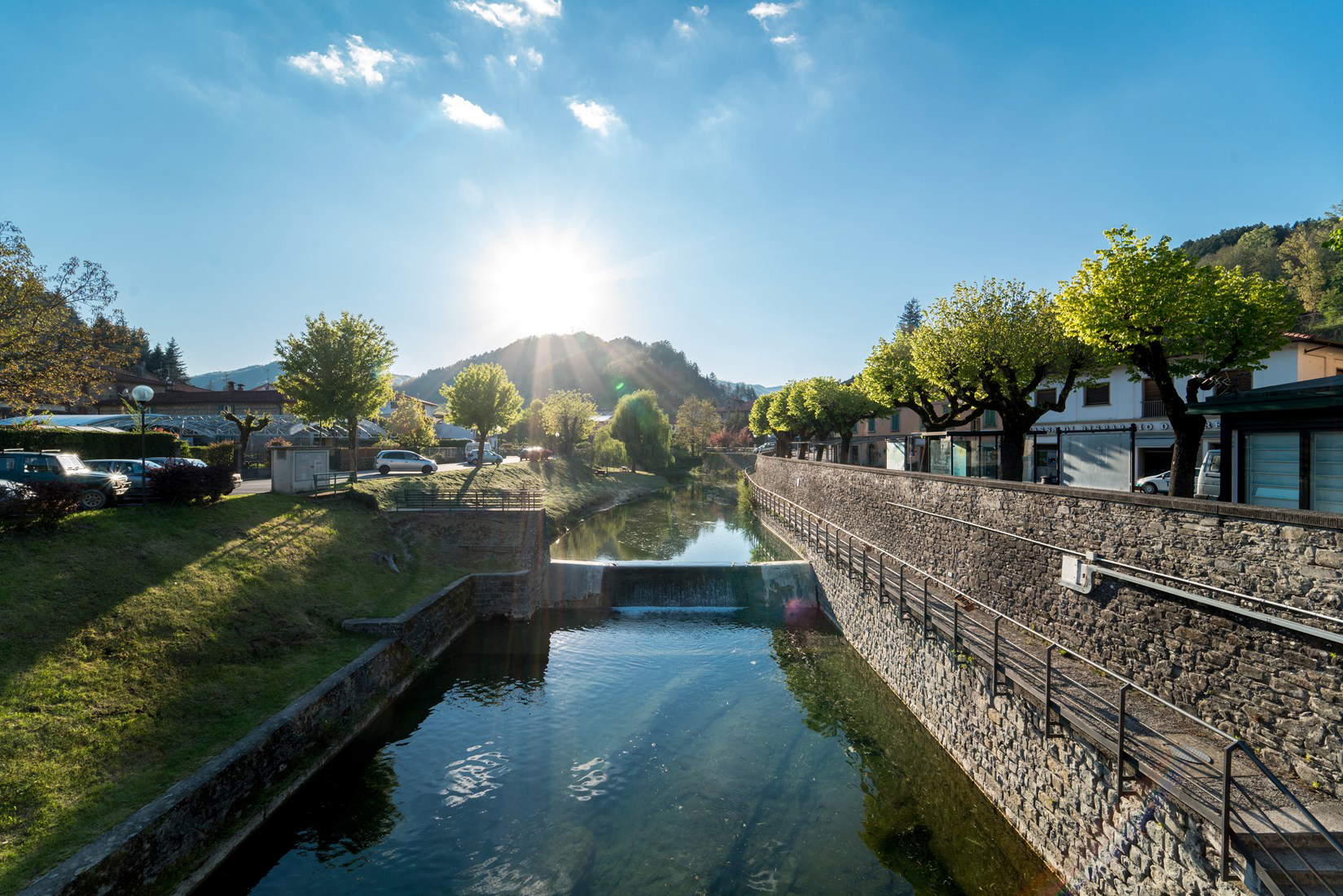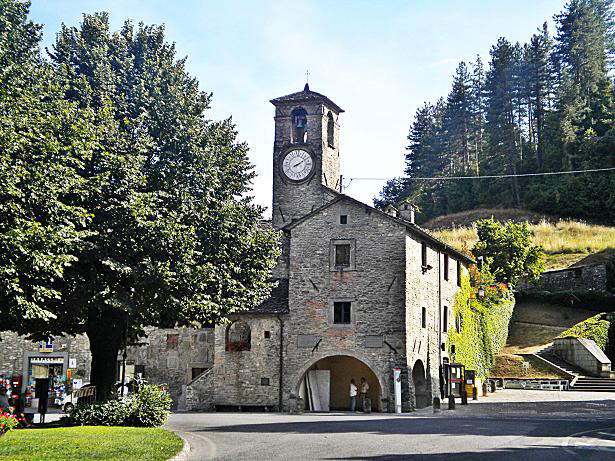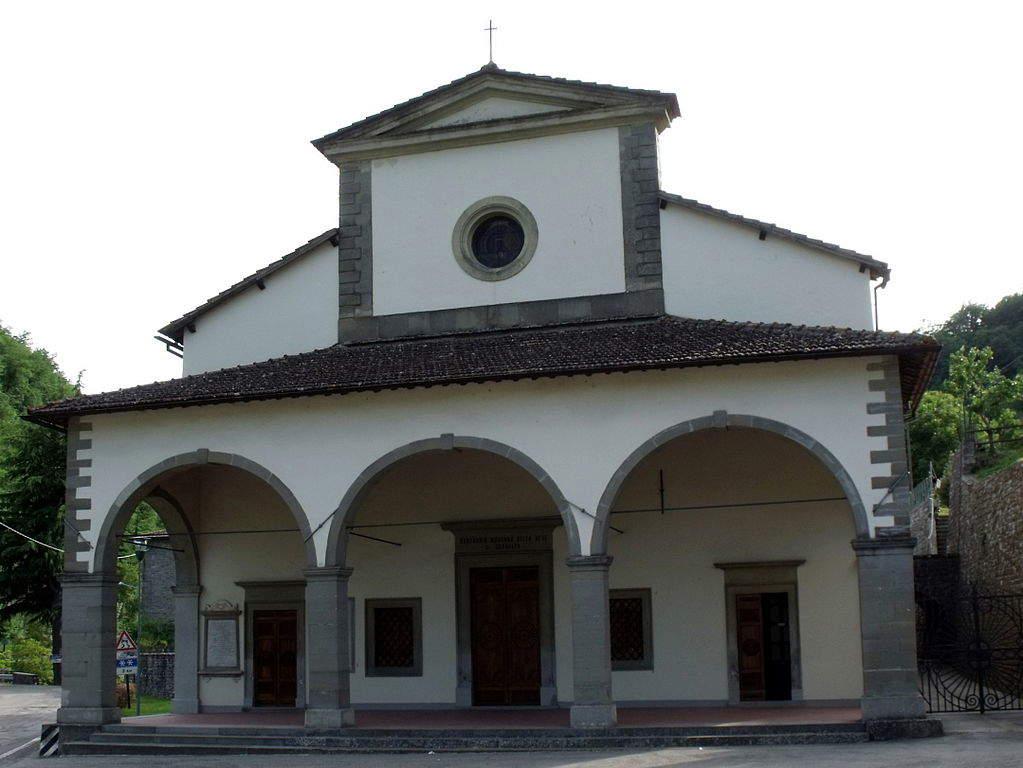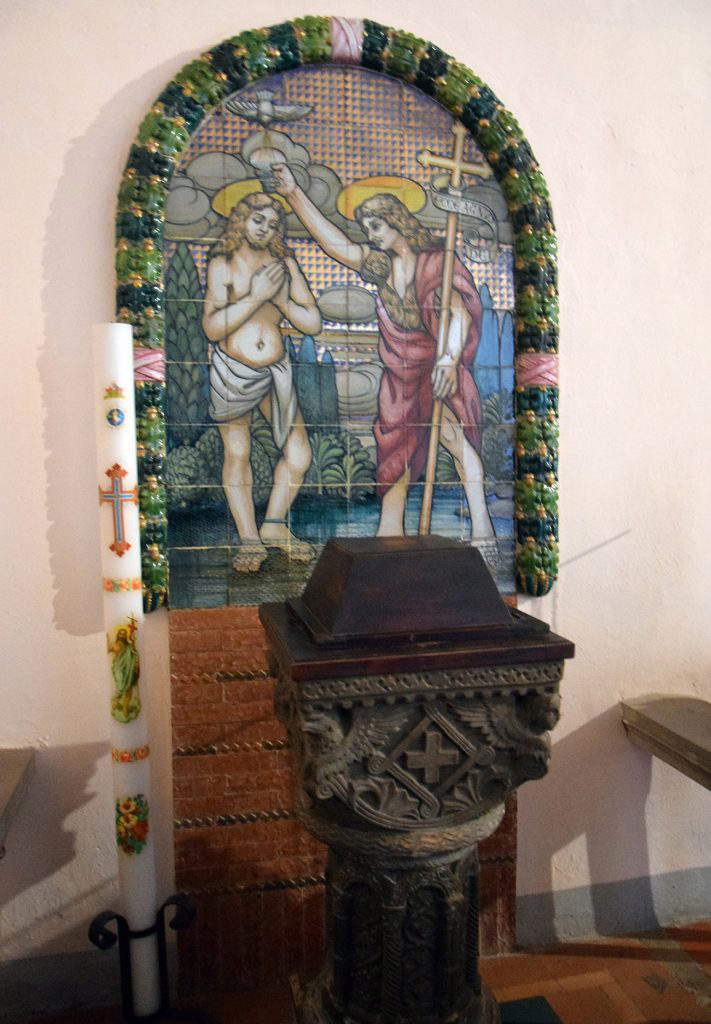by Redazione , published on 30/09/2020
Categories: Travel
/ Disclaimer
In Tuscany there is a strip of land that is already Romagna. And one of its villages is Palazzuolo sul Senio. We discover it in this article.
It is called Palazzuolo sul Senio, but to its inhabitants, who speak Romagnolo, it is “Palazôl.” It is a Mugello village of just over a thousand inhabitants, nestled between two ridges of the Tuscan-Romagna Apennines along the Senio valley, the last strip of Tuscany before descending into administrative Romagna: but here, in reality, in this little village far from everything and which one arrives at only after miles and miles of hairpin bends, mountain climbs and barren landscapes that alternate with verdant pastures and dense woods, it is already Romagna, in language, culture and traditions. It is certainly not full Romagna, since the proximity of Tuscany can be guessed from the speech, but certainly this strange land resembles Rimini more than Florence, although since the Middle Ages it has always been linked to the Tuscan capital. For the simple fact that it is closer.
But those who intend to reach Palazzuolo have already left Tuscany once they cross the Sambuca Pass: the village is already on the Romagna side of the Apennines, although historically the vicissitudes of these first offshoots of Romagna have always gone hand in hand with those of Tuscany, from the earliest times, when Palazzuolo was first a feud of the Ubaldini, then of the Pagani, then again of the Ubaldini, two families originally from these places who contended for a long time for Palazzuolo and the neighboring villages. In the end the Ubaldini won (one of their members is the famous Bernardino Ubaldini della Carda who fought in the Battle of San Romano and whose unseating was painted in one of the celebrated panels of Paolo Uccello’s Battle of San Romano ), but they in turn had to succumb to the Republic of Florence in 1362. Since then Palazzuolo has always been the most remote of the Florentine domains, where the inhabitants spoke a language that had nothing to do with the one spoken in Florence.
A village so remote that nothing of note happened in its history: the only events that are remembered are passages. Like that of Pope Julius II and Niccolò Machiavelli, who in 1506 slept a night in the Palazzo dei Capitani (the captain was the official who represented Florentine power in the area). Or that of Garibaldi, who stopped in Palazzuolo in his escape after the defeat of the Roman Republic in 1849. And then again that of Dino Campana, a native of nearby Marradi, another village in Tuscan Romagna, who spent a few days of fiery love for his Sibilla Aleramo in Palazzuolo in the summer of 1916.
 |
| Palazzuolo sul Senio. Ph. Credit Unione Montana dei Comuni del Mugello |
 |
| Palazzuolo sul Senio, Piazza Garibaldi, closed at the back by the house where Garibaldi stopped in 1849. Ph. Credit Romagna Toscana - Municipality of Castrocaro Terme |
 |
| The Senio River that divides Palazzuolo in two. Ph. Credit Romagna Toscana - Municipality of Castrocaro Terme |
 |
| Panorama from the Sambuca Pass |
And indeed this village tucked between valleys and high mountains lends itself well to transits, escapes and love affairs. Even today there is a guarantee of total tranquility: every guide appreciates the silence of its cobbled alleys, of the small squares that are arranged in the two villages divided by the bridge that crosses the Senio, the Borgo dell’Ore and the Borgo del Crocifisso. The centerpiece of Palazzuolo, however, is the Borgo dell’Ore: here, on the main square, stands the 14th-century Palazzo dei Capitani, which is nothing like its richly ornate counterparts in the plains towns closer to Florence. Here, the town’s main building is a simple stone construction that now houses the library and two museums, namely the Museo Archeologico dell’Alto Mugello and the Museo delle Genti di Montagna. The former collects the oldest artifacts found in the area, while the latter is a tale of the hard life and centuries-old customs of the people of these lands: a people of farmers, artisans and shepherds, whose lost world is told through a collection of a thousand objects. Opposite, in Piazza Garibaldi, a plaque affixed to a bare house, also made of stone, commemorates the place where the “hero of two worlds” stopped for a few hours on August 24, 1849, in the company of two friends, “pursued by foreign soldiers.” Renaissance forms, however, also arrived in these parts: poor houses occasionally alternate with a few palazzottos that echo the manners and forms of the larger and more sumptuous buildings that were being built in Florence in the 16th century.
In the hamlet of Crocifisso, on the other hand, is the town’s main church, the parish church of Santo Stefano, of ancient origins but extensively remodeled in the eighteenth century and then again after World War II: inside it houses paintings from the seventeenth and eighteenth centuries, as well as decorations designed by Tito Chini, cousin of the better-known Galileo. Tito Chini is also credited with the decorations of the baptismal font in the abbey of Susinana, a few kilometers from the hamlet, and a very short distance from the regional border: the work is a curious Art Nouveau re-edition of the very famous Baptism of Christ by Verrocchio and Leonardo da Vinci preserved in the Uffizi. In the hamlet of Quadalto, close to the historic center, on the other hand, is the Sanctuary of the Madonna of the Snow, which preserves a late 16th-century image of the Madonna and Child, which popular tradition says is miraculous. Nestled in the landscape is also the 17th-century Villa di Gruffieto (which has now become what is known as a "location for events“), which hosted Dino Campana several times, even when he was pining for his Sibyl and found that he was ”rambling“ and wished to find ”strength in the arms of my Sibyl." Even today, the calm and beauty of these places lost in the most deserted nature surely inspire romantic love. But it is okay even if it is less tormented than that of the great poet.
 |
| Palace of the Captains |
 |
| St. Stephen’s Church |
 |
| The Museum of Mountain People. Ph. Credit Palazzuolo Association for the Arts |
 |
| The sanctuary of the Madonna della Neve |
 |
| The baptismal font decorated by Tito Chini |
Article written by the editorial staff of Finestre sull’Arte for UnicoopFirenze’s “Toscana da scoprire” campaign.
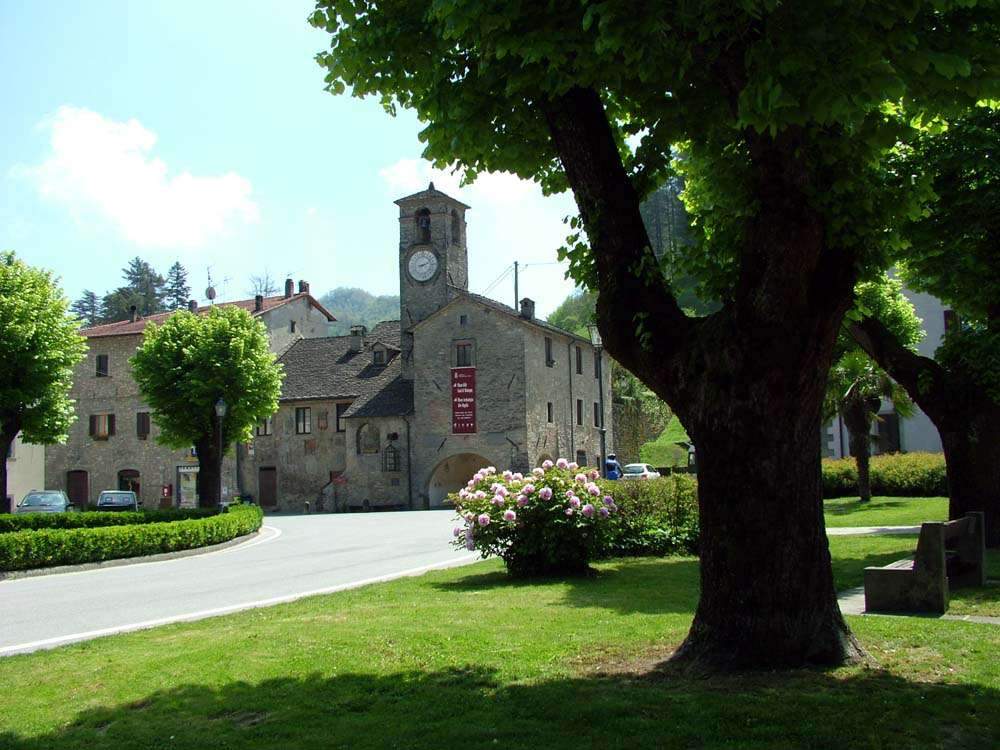 |
| Palazzuolo sul Senio, a remote piece of Romagna in the mountains of Tuscany |
Warning: the translation into English of the original Italian article was created using automatic tools.
We undertake to review all articles, but we do not guarantee the total absence of inaccuracies in the translation due to the program. You can
find the original by clicking on the ITA button. If you find any mistake,please contact us.


